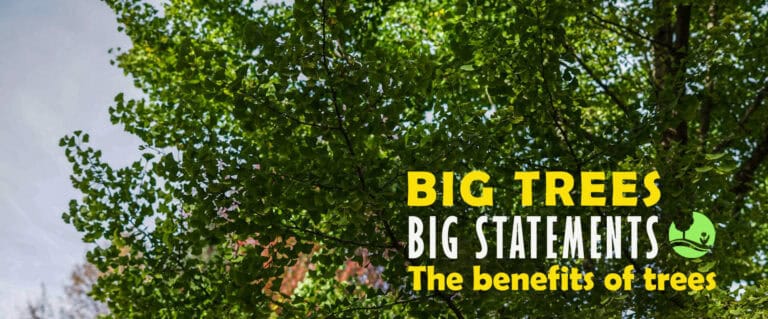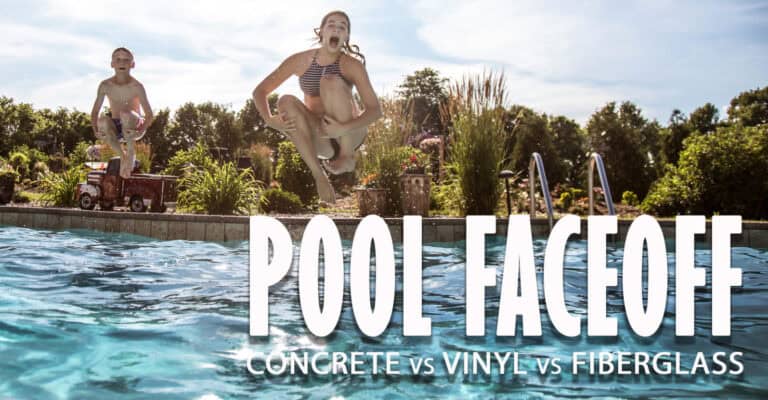
July 16, 2020
Unbalanced pool chemicals lead to water that will not only irritate and itch but also can cause damage to the pool. Slimy algae, stains, scale, and corroding pool equipment do not have to be part of owning a pool and maintaining chemicals does not have to be super complicated. Read more for some basic information…

April 21, 2020
“Trees are exciting! If you want to make a statement in your yard, do you go with a little perennial? No, big tree! BOOM!” ~Corey, Vande Hey Company Horticulturist When we think about trees at Vande Hey Company, we think about making a statement! Whether it’s fall colors or beautiful spring blooms, trees bring beauty…

April 15, 2020
Congratulations. You have finally decided to pull the trigger on the big pool install in the backyard—the new centerpiece of your landscaping, and your next big investment. Now you are likely deciding between the big 3 types of in ground pools: concrete, vinyl, and fiberglass. Let’s break down some of the key points between these…



